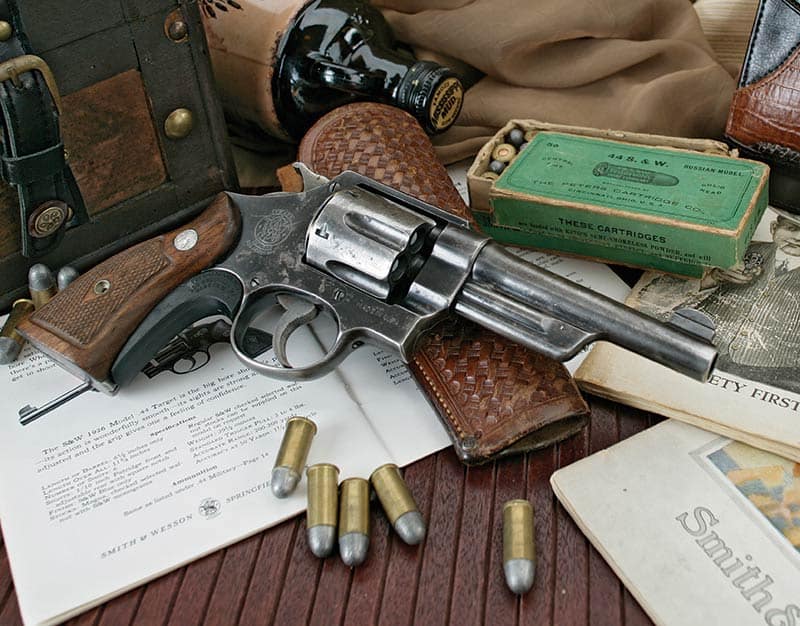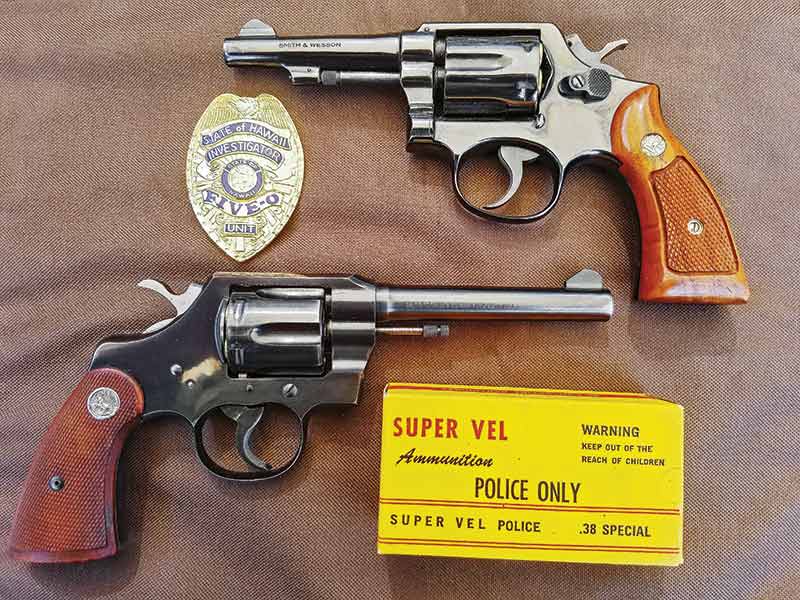

Upon close examination with a straight edge we found that this revolver's frame was actually machined in a slight curve. Thank goodness I noticed the problem before the revolver blew-up in my hand.Įxample: A Guns and Shooting Online staff member purchased a brand new S&W 22/32 Kit Gun whose rear sight could not be adjusted far enough laterally to put bullets into the target at 25 yards.

Presumably it had not been properly heat-treated. (In those days S&W marketed ammunition under their brand name.) After firing no more than half of that first box of ammunition, I noticed that all 5 chambers of the cylinder had developed a slight bulge. At the time of purchase the store clerk gave me a box of Smith & Wesson brand. Again, a single defective revolver would be understandable-mistakes happen-but a whole shipment of lemons is impossible to explain as an isolated mistake.Įxample: I purchased a brand new Chief's Special. On the same guns the cylinder ratchet notches were so poorly machined that no two were identical it looked like a drunken monkey had done the work. One such gun I could understand somehow slipping by quality control, but a whole shipment so poorly made that even a cursory inspection would have revealed the problem? Obviously there was no quality control inspection before those new revolvers were shipped.Įxample: On another occasion a friend and I inspected perhaps a dozen newly arrived S&W revolvers at a gun shop and found large gaps between the cylinder crane and frame in all of them. One or two of those revolvers were so far out of spec that the cylinder could not be rotated all the way around. At one position or another the face of the cylinder would actually drag against the forcing cone. Those half dozen revolvers were so poorly made that the gap between cylinder face and forcing cone varied widely as the cylinder was turned. 22 Masterpiece target revolvers sent to the sporting goods department of a large mass merchandiser.
#Smith and wesson model 10 cylinder says n professional
This is a company whose professional conduct, as well as their product quality, has far too often failed to meet acceptable standards.Įxample: I once inspected a shipment of Smith & Wesson. Indeed, it is notable only for taking cost and quality reducing shortcuts to a new level in American rifle making. Almost nothing about this rifle is actually innovative. It is a knock-off of the venerable Remington Model 700 action, with a few ideas stolen from other manufacturers tacked-on. The truth is that this rifle is almost completely deritive. The "I" in "I-Bolt" is supposed to stand for "innovation," an assertion so boldly false as to be almost breath taking. The recent S&W I-Bolt rifle is one example of S&W "shading" the truth in their promotions.

(You could say that they flat-out lie and get no argument from me.) However, Smith & Wesson's corporate actions over the decades of their existence have often been questionable and their advertising misleading, at best. Certainly not because they make guns, nor are their products (always) unsafe when used as directed. Of all the big American firearms manufacturers, Smith & Wesson is-in my opinion-the most deserving of censure. Guns and Shooting Online readers expect, and deserve, the truth-or at least an honest opinion. However, too many readers have written asking why I haven't reviewed S&W firearms, or asking if I recommend various S&W models. Quite the contrary, as I will undoubtedly alienate some readers and a large potential advertiser.įrankly, I don't like to write negative reviews, which is why I have usually declined to review Smith & Wesson products. I've never had any particular desire to do an article about the dark side of Smith & Wesson, but it's time someone in the outdoor media called a spade a spade, so to speak, rather than sugar-coat it as a "manual digging implement." I'm sure that I will be accused of all sorts of bias after speaking out in this article, but the fact is that I have no personal motive, nor do I stand to profit in any way, from an S&W hit piece.


 0 kommentar(er)
0 kommentar(er)
